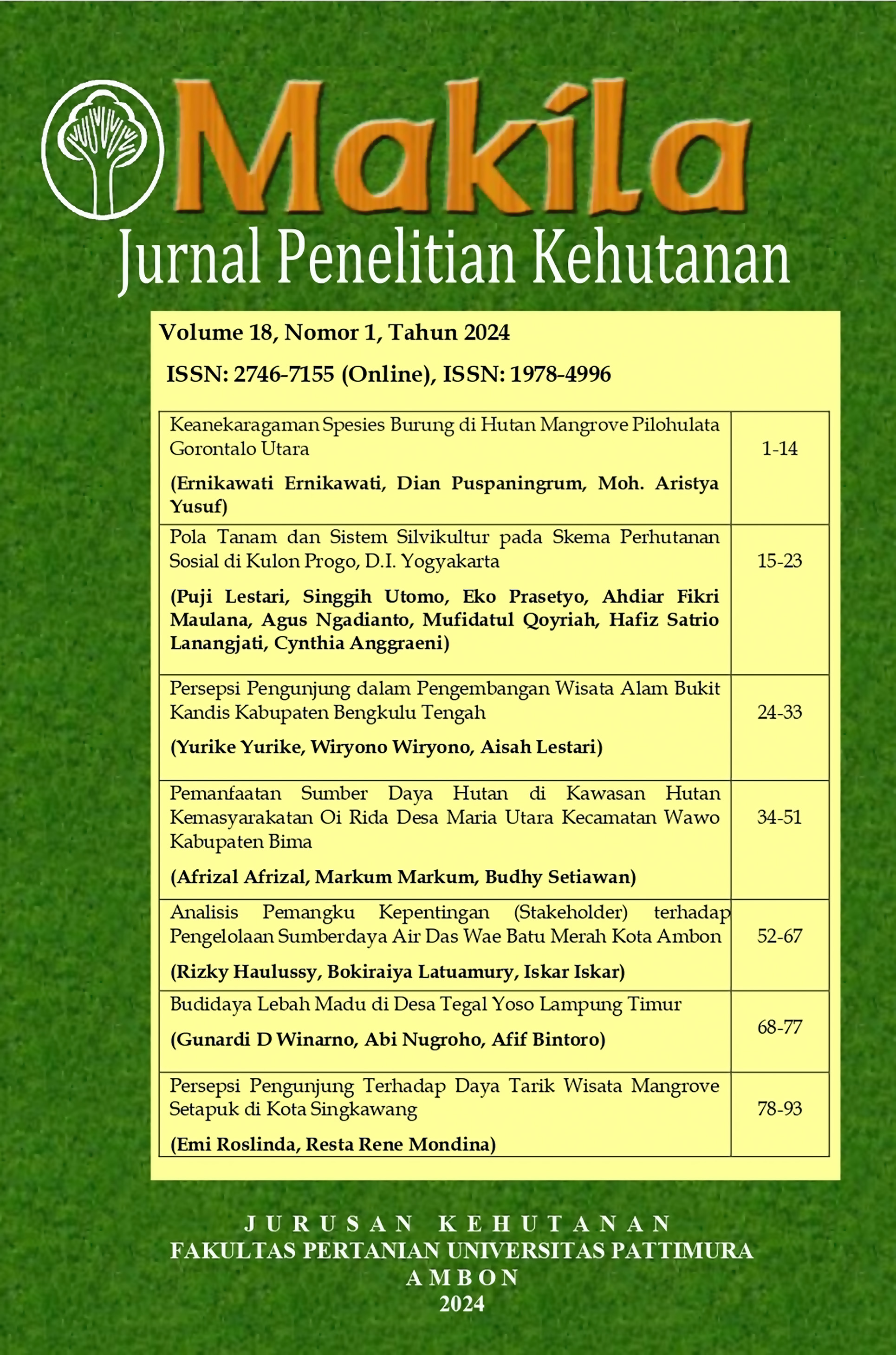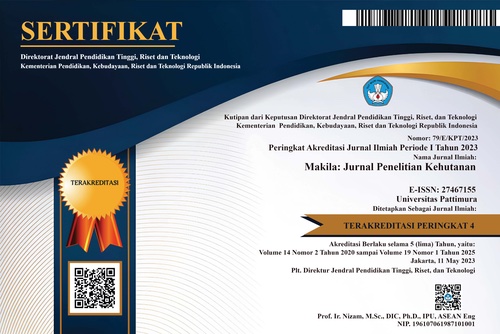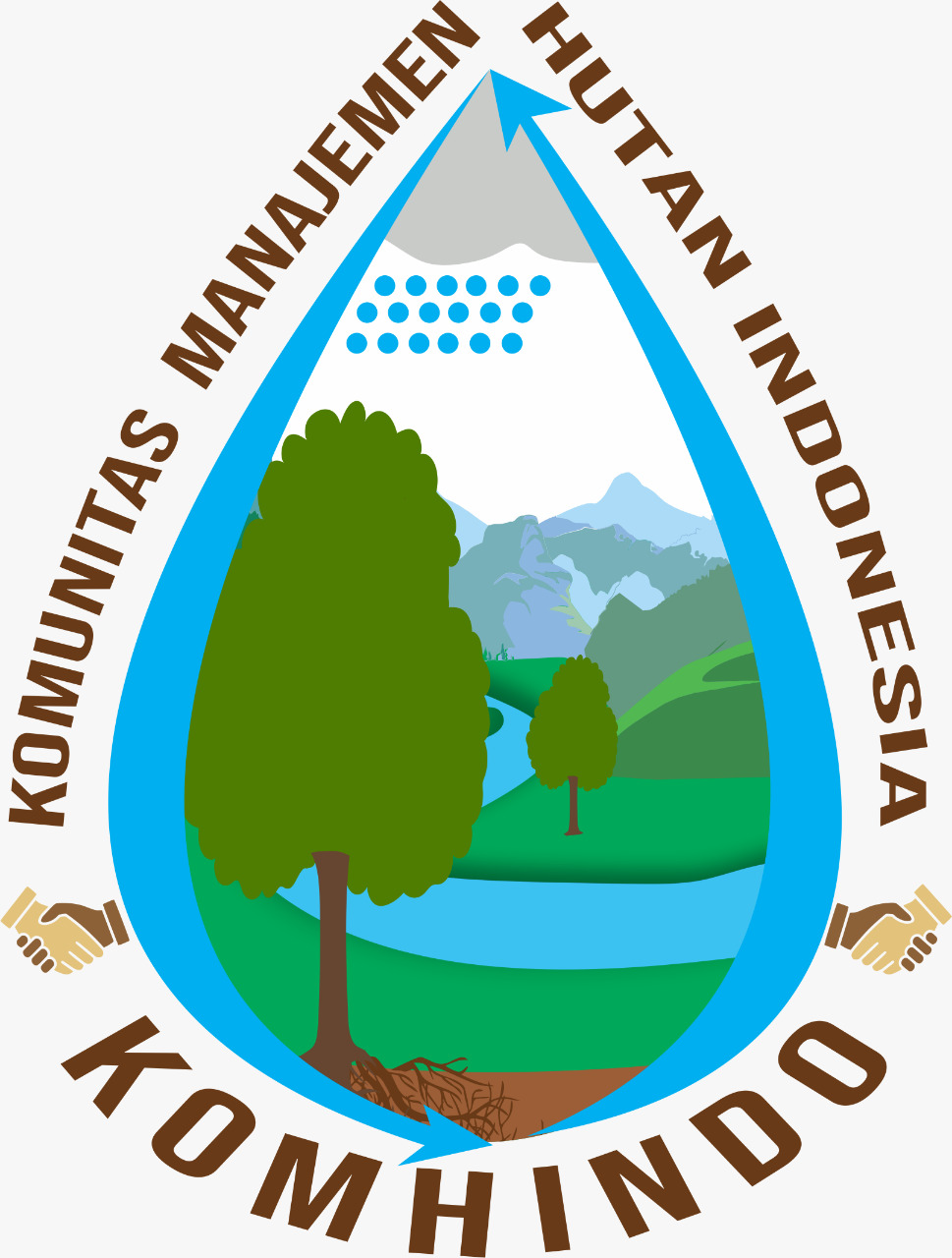POLA SPASIAL PENUTUPAN/PENGGUNAAN LAHAN MENGGUNAKAN PENDEKATAN SPATIAL METRIC DI DAS WAE RIUAPA
Abstract
The purpose of this study is to employ a spatial metric approach to analyse land cover/land use patterns in the Wae Riuapa watershed from 2015 to 2022. This study was carried out using two levels of analysis. First, a spatial analysis utilising Geographic Information System (GIS) software was used to identify the land cover/land use classes at the research locations in 2015 and 2022. Landsat 8 imagery from 2015 and Landsat 9 imaging from 2022 are the data used. Using spatial metrics techniques, the second step of analysis in this study examined spatial patterns of land cover and land use. With an area of 15184.70 Ha in 2015 and 13587.09 Ha in 2022, secondary dryland forests led the land cover/land use class, according to the statistics. Density and continuity are seen to be declining in spatial patterns, whereas fragmentation indicators are rising. This demonstrates that because of the fragmentation of the greatest land cover/land use class resulting from several land use conversion activities, the spatial link between patches tends to be disconnected and the distance between clusters rises.
Downloads
Copyright (c) 2024 Olvan Leatomu, Patrich Phill Edrich Papilaya, Aryanto Boreel

This work is licensed under a Creative Commons Attribution 4.0 International License.











